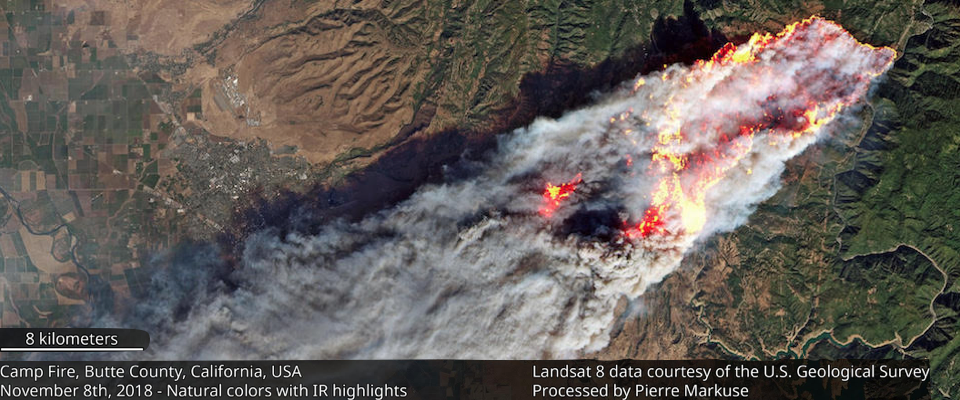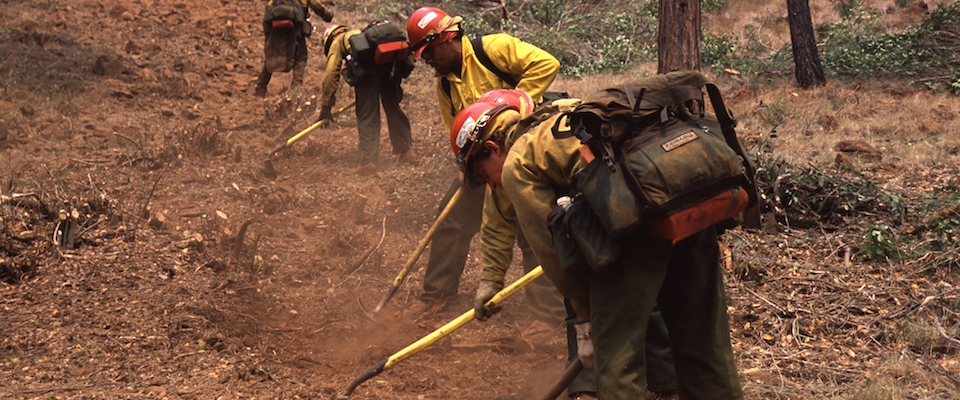Keith Gilless, the Dean of UC Berkeley’s College of Natural Resources, stands in the center of a circle on October 13, microphone held loosely in hand, and looks thoughtfully at his audience. The occasion is Family Field Day at the Gill Tract, and some hundred people—many with children, pets, and bikes in tow—have turned out on this sunny Sunday morning.
Surrounding the circle are a goat pen, stands offering workshops on kimchi-making and backyard beekeeping, and a pedal-powered blender that a group of boys seem determined to break. With all the positive energy, you’d hardly know that these unassuming ten acres of farmland nestled between San Pablo and Jackson Street, were the site of one of Albany’s biggest political confrontations in recent memory.
Welcoming the crowd of activists, academics, urban-ag enthusiasts, and curious neighbors, Gilless heralds the event as a new opportunity for dialogue “in a setting where we can actually listen to one another.”
For some, Gilless’s remark could seem a subtle jab at Occupy the Farm, the group of food justice and urban farming activists who first broke onto the UC Berkeley-owned strip last April, tilling and cultivating the field in on-again-off-again protest of University development plans. At that time, it was Gilless who penned CNR’s official rejoinder denouncing the obstinacy of the occupiers as “a direct threat to both academic freedom and our capacity to fulfill the University’s mission.”
And yet for all that bad blood, a year and a half later, here is Gilless, celebrating the October harvest and ready to listen.
If anyone can take credit for this unlikely rapprochement, it’s Miguel Altieri. A professor in the Department of Environmental Science, Policy, and Management, it was Altieri who decided that, rather than fighting the occupiers, he would work with them. Altieri hosted five short courses on urban farming techniques in June, then invited 40 members of the community onto his research plot at the tract and challenged them to form into ten teams, experiment with different designs, and demonstrate the full potential of urban agriculture.
“In Latin America, smaller farmers have ‘peasant schools’ where farmers can come to learn from each other,” says Altieri, who is from Chile. “Successful farms become lighthouses within their communities.”
The particular type of agriculture that Altieri hopes other urban farmers in the area will use as their guiding light goes by the name of agroecology. Dispensing with industrial agriculture’s emphasis on massive-scale single crops, or monoculture, agroecology takes advantage of the natural symbioses that exist among different species. In practice, that might mean planting all the makings of a salad along the same row, crowding them with nitrogen-fixing cover crop like beans, and setting it all up beside an apiary.
Altieri’s immediate goal is to have each team at the Gill Tract turn out 5 kilos of produce per square meter. Longer term, with the help of Albany community members and similarly inspired activists, he hopes a success here will catalyze the creation of a “Center for Urban Agriculture” (the world’s first, he says) at the Gill Tract.
More than data
The arrangement is admittedly “unusual,” says Alastair Iles, co-director of the Center for Diversified Farming Systems at UC Berkeley, who responded to an interview request by email. However convincingly Altieri and his graduate students may have preached the virtues of data quality control to the community participants, many scientists would “characterize community input as contaminating their research,” says Iles. But data collection may only be one part of what’s going on at the Gill Tract.
“I would call this research a combination of participatory science (in testing agroecology methods), public policy (in calling for more attention to the importance of urban agriculture research for wider use instead of simply cultivating gardens), and community development (in allowing a better sense of shared community solidarity to grow—perhaps leading to new jobs and sources of food all over the bay area),” Iles says.
Indeed, though the data collected at the Gill Tract may not stand up to an academic standard of scrutiny, for those who are actually doing the research, measurements of productivity aren’t likely to be the most important results of the study.
The more interesting experiment is a social one, says Effie Rawlings. A 2011 graduate of Berkeley’s School of Social Work, Rawlings is the point-person for the Gill Tract Farm Coalition, an umbrella group for the various urban-ag organizations, including Occupy, with an interest in keeping the tract farmland.
“Ideally, at the end of harvest in November, we’ll get some good data, but I also hope that the process will expand the circle of people who are interested in this idea and in this land,” she told me during my visit to the tract at the end of September. “Miguel’s idea is to quantify the agricultural output in pounds. But how do you quantify the social interactions that take place here? The relationships that we’re building with different community groups?”
The transition from occupied farm to research plot hasn’t been entirely seamless. Many are uneasy with the compromise of collaborating with the University. This is, after all, the organization that evicted the occupiers in the first place, that has dedicated parcels of the tract to Department of Energy–funded genetics research, and, most offensive, that the occupiers accuse of planning to whittle away the entire parcel for commercial development.
Rawlings describes her own participation as an ongoing negotiation with herself.
“Personally, I’m very attached to this land and I want it to be safe from development,” she says. “We’re walking this razor’s edge between marginal group irrelevance on the one hand and total cooptation on the other.”
When I speak to Ryan Geller at the Gill Tract Field Day, he is unswayed by the Kumbaya vibe. Geller, who like Rawling came to the project via Occupy, feels the project may have slipped off that razor’s edge.
While University administrators pat themselves on the back for allowing Altieri’s project to go forward, he says, what does this represent in the face of, say, the threat of climate change or food and water insecurity?
“Why isn’t the University investing more of its intellectual capital into addressing these issues?” he says. “At what point is stalling actually criminal?”
Plus, there’s the flyer. Holding up the pamphlet being handed out at the front gates—“A Community Forum on The Gill Tract Farm: Laboratory for a Resilient Future”—he points to the University logo plastered at the top. “Do you see any reference to Occupy the Farm in here?”
Rawling, on the other hand, is a bit more optimistic. Speaking after the big day, I ask her how the balancing act is going.
“Talking to so many people from the local community has helped me to see this not as a danger of being co-opted, but rather as an opportunity to take back a public university and reclaim its agenda for the public interest,” she says.
And for his part, Altieri is eager to give credit where credit is due.
“Occupy was fundamental for this to happen,” he says. For him, the fact seems almost self-evident. “Look at the major changes in this country—women’s rights, immigrants’ rights. These are social movements. That’s how change happens.”
—Ben Christopher




















